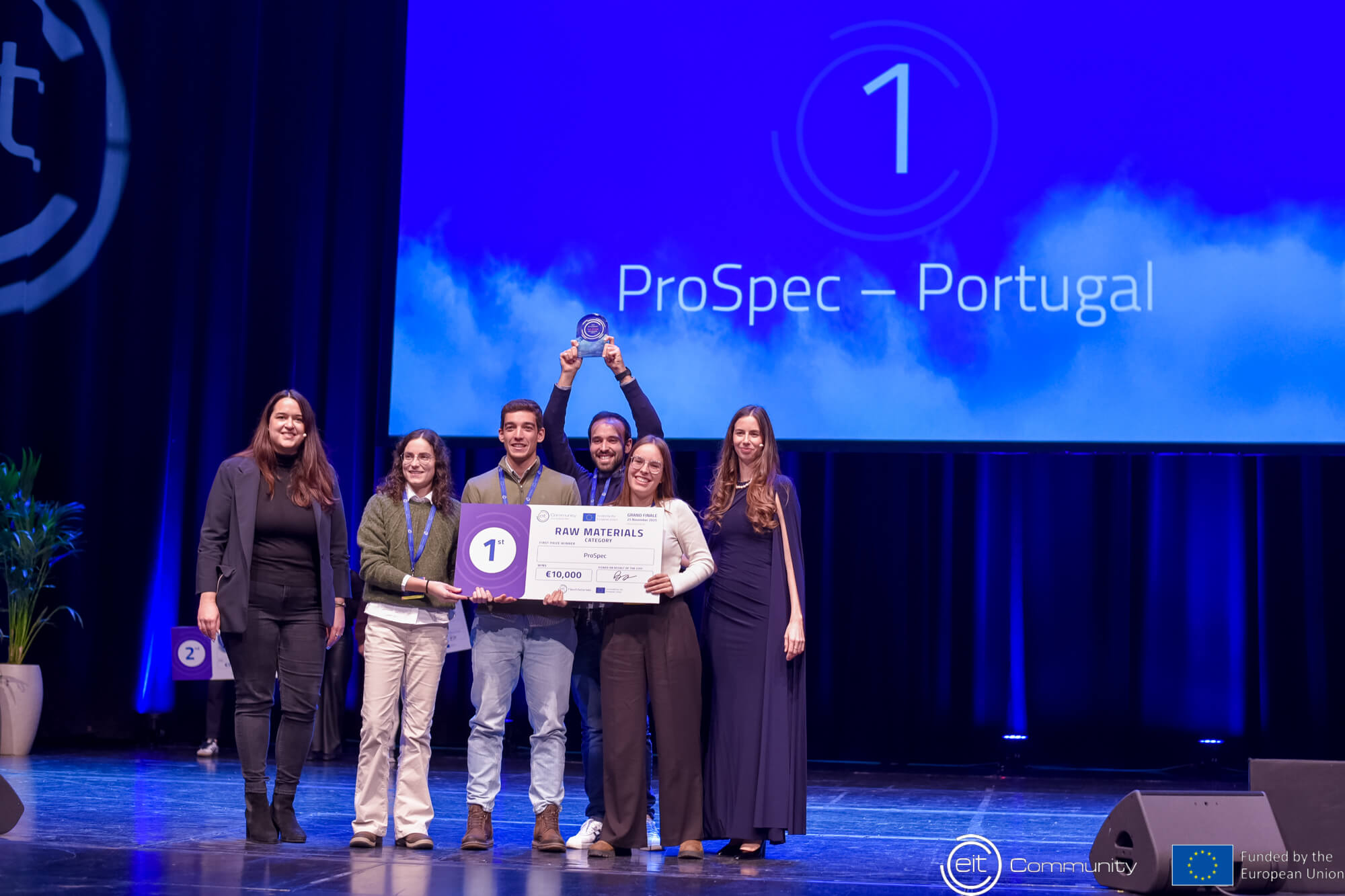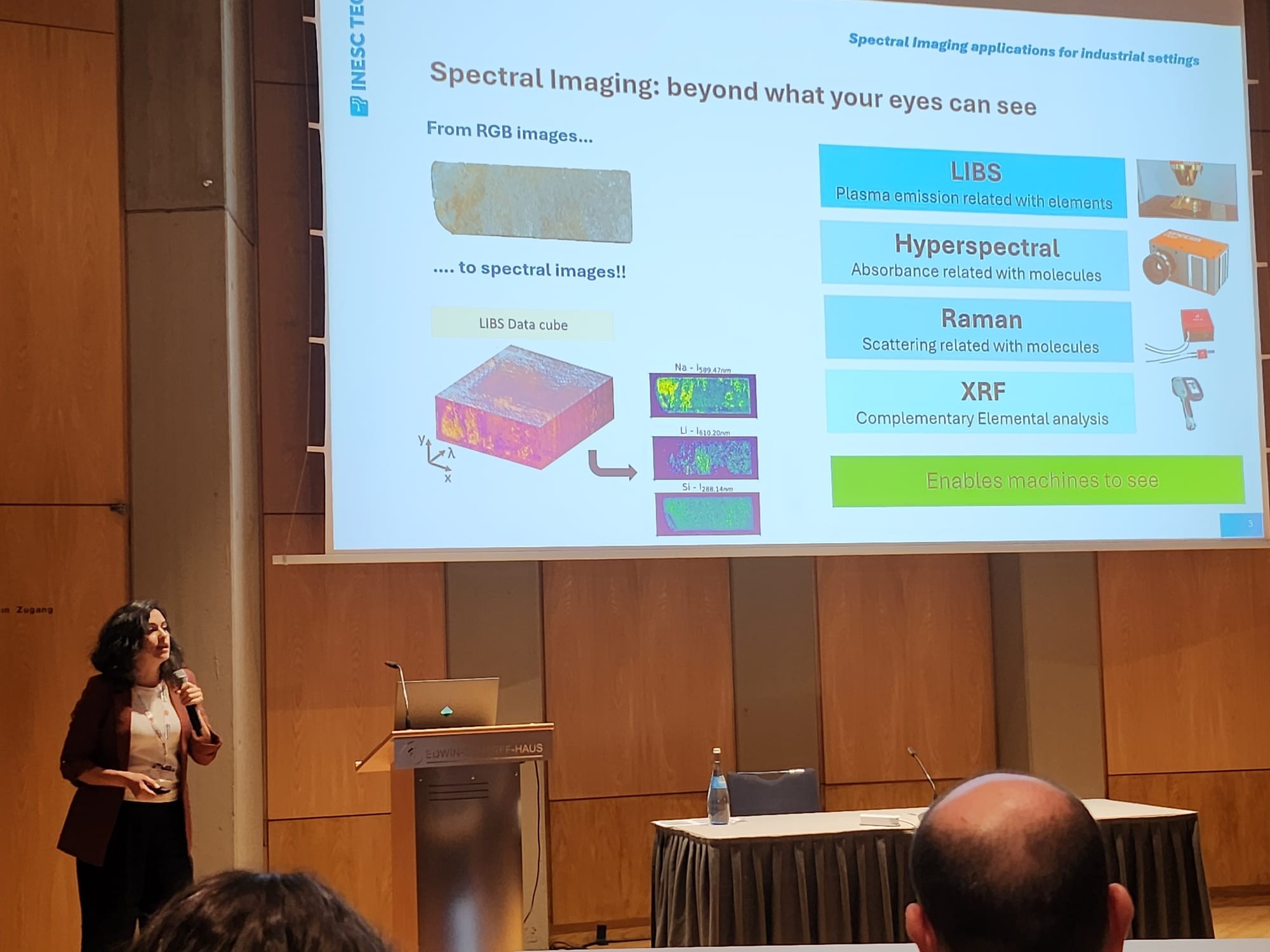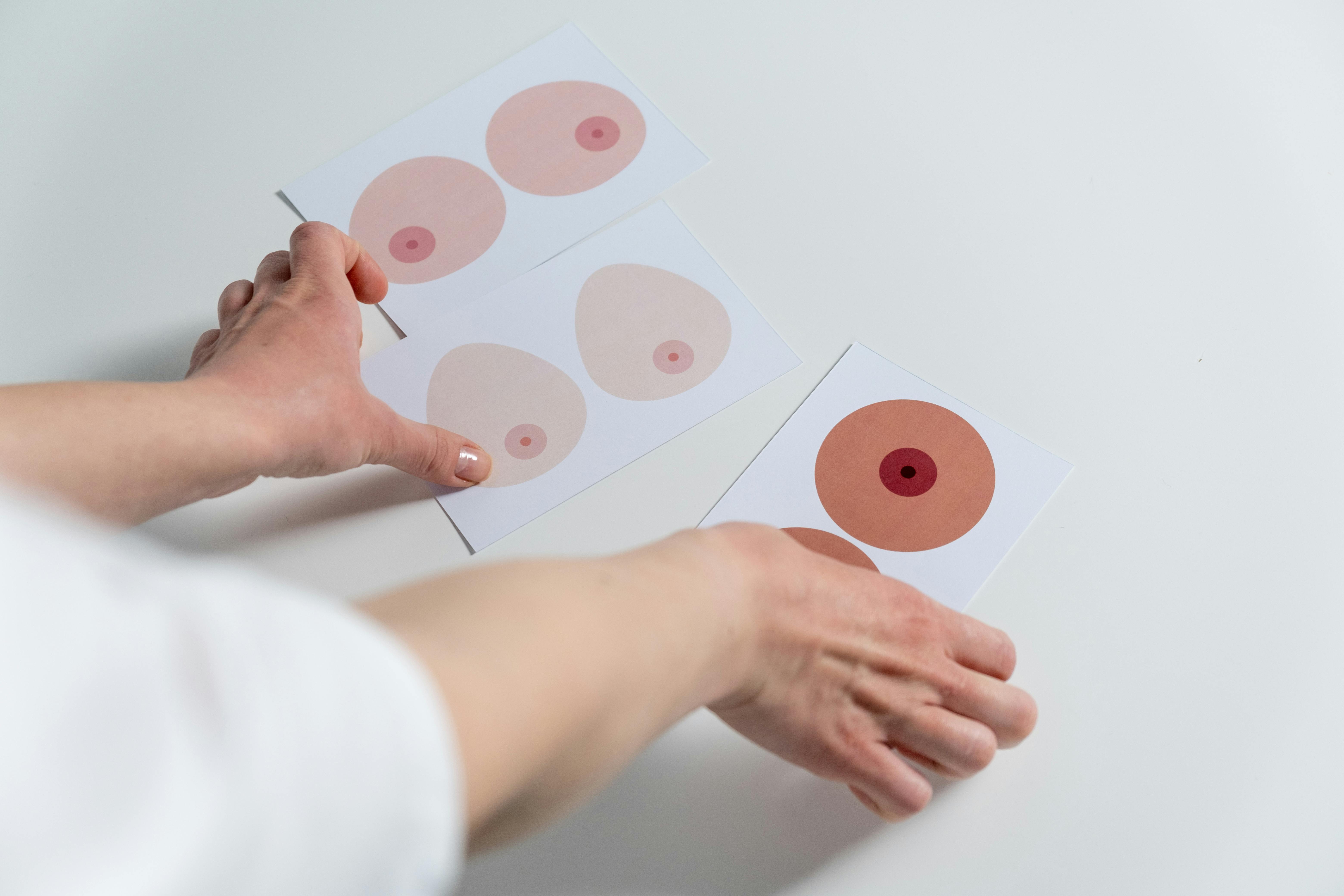Photonics
Photonics is widely recognised as pivotal in facing several technological shortcomings, namely in medicine, telecommunications, and computing.Drawing from the world of electronics and using methods like signal and data processing and sensor fusion, optical devices and processing techniques can enable real-time diagnosis and therapy at the nanoscale, long-term sensing and monitoring of extreme natural and industrial environments, and ultraefficient on-chip networks.
While linear optical elements can be used to implement basic quantum gates, research on nonlinear systems is expected to produce advanced quantum gates, essential for implementing largescale quantum algorithms.






